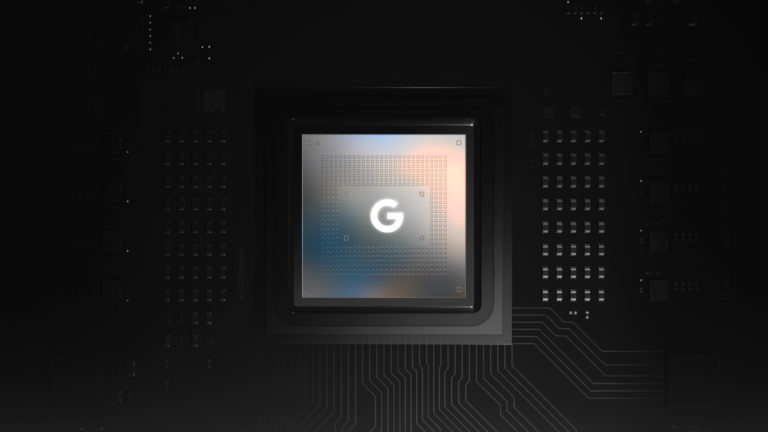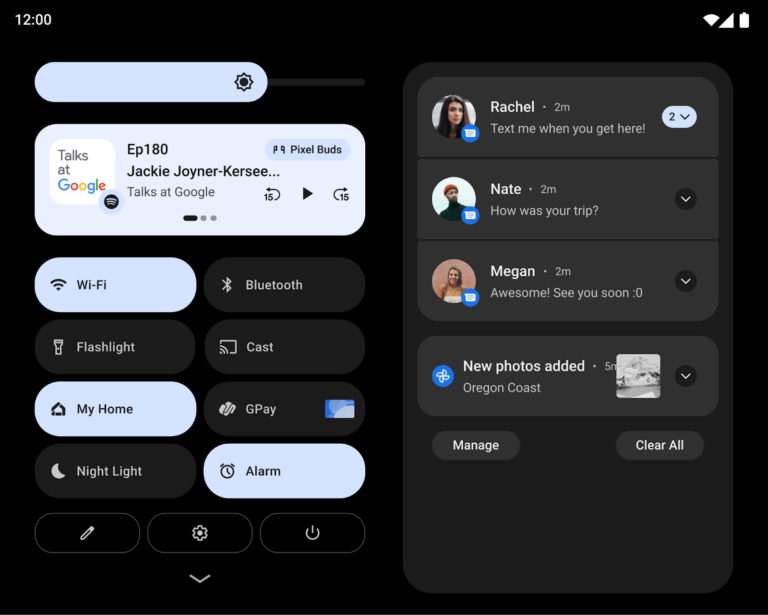Google's first foldable has a lot to prove and no Australian release datae.
Google Pixel Fold: Everything we know
While every foldable phone to date from the Samsung Galaxy Z Fold 4 to China-exclusives like the Huawei Mate Xs has run on some version of Google's Android operating system, the tech titan itself has yet to take its own stab at designing a device with a flexible screen. Until now.
Google has finally made things official and announced the Pixel Fold. Here's what we know about it.
When will the Google Pixel Fold go on sale?
The Google Pixel Fold made its big debut at this year's Google I/O Developer Conference. Unfortunately, Aussies are left in the lurch when it comes to the new device.
Google's first foldable smartphone will only be launching in a few select markets to begin with and Australia isn't one of them. That could change in the future, but for now the only way to get a Pixel Fold in Australia is to import one.
Google Pixel Fold design: Screen size and resolution
Thanks to Google, we had a pretty good idea what the Pixel Fold looked like prior to its premiere. The company put out a teaser, which shows off the design, for the new handset ahead of its official reveal at Google I/O 2023. You can check it out below.
The Google Pixel Fold has two screens on it. The main display is 7.6-inches in size and clocked at 120Hz. Both it and the 5.8-inch screen on the exterior side of the foldable smartphone are OLED, with the latter rated for up to 1450 nits of brightness.
Google are billing it as the thinnest foldable on the market, but it also comes with an IPX8 rating for water resistance. Notably, the Pixel Fold doesn't support a stylus like the latest Galaxy Z Fold does.
As for who Google are getting to make the foldable screen that'll be needed to make the Pixel Fold a reality, your best guess is likely the correct one. One report (via The Elec) from 2021 indicated that Google inked a deal with Samsung to supply 7.6-inch foldable displays for the device.
Google Pixel Fold tech specs: What we think
Form-factor aside, Google’s first-generation Pixel Fold has a lot in common with the rest of the current Pixel lineup.

Under the hood, the Google Pixel Fold runs on the latest Google's Tensor processor and 12GB of RAM.
Ahead of its announcement, it was far from impossible to imagine Google opting to arm their first foldable with the first-generation Tensor found in the Pixel 6, Pixel 6 Pro and Pixel 6a rather than the second-generation one found in this year's Google Pixel 7 and Pixel 7 Pro in order to keep costs down. Nevertheless, the inclusion of the latter here is a promising sign of what to expect from the Pixel Fold in terms of performance.
Storage-wise, the Pixel Fold is available in variants ranging from 256GB to 512GB. Storage expansion via MicroSD is not supported.
As for battery size, Google's first foldable phone will have a bigger battery to match the larger screen. Google itself claims the device is capable of getting over 24 hours of battery life from the 4800mAh dual-cell battery inside it.
Google Pixel Fold camera: How good is it?
As with the tech specs, Google's Pixel Fold shares a lot with both current and future Pixel devices when it comes to the rear camera and what it can do. The device features a triple-lens setup on the back that boils down to a 48MP main lens, plus a 10.8MP ultrawide and 10.8MP telephoto lenses. The external display on the device is also adorned with a pair of 8.3MP selfie cameras.
Of course, the real kicker here is likely to be the inclusion of Smart HDR and other computational photography advantages found in Google's other Pixel devices. Assuming that Google's next generation of smartphone cameras hold their lead against Samsung, then the Pixel Fold could be the foldable with the camera to beat.
Google Pixel Fold software: How it will work

Software is one of the biggest wildcards when it comes to the Google Pixel Fold.
While it's certain that the Pixel Fold will run on a version of the same Pixel OS skin that's found in devices like the Google Pixel 6, Google Pixel 6 Pro and Google Pixel 6a, it's worth noting that Google have been working away at building a more tablet and foldable-friendly version of Android for several years now.
Back in 2019, Google partnered with Samsung in order to get the original Galaxy Fold to play nice with the wider Android ecosystem. The two have continued to iterate in the years since, and it's almost likely that Pixel Fold will reap the benefits of this alliance.
More than just building on what's been done in the space before, the Google Pixel Fold could be a change for Google to raise the bar for how smart and smooth the software side of foldables can be.
Google Pixel Fold price: How much will Google's first foldable cost in Australia?
As mentioned above, the Google Pixel Fold isn't officially coming to Australia just yet. As such, there's no local pricing for the device available at the time of writing.
In the US, the device will retail at prices starting at $1799. Check out the table below for a quick round-up of how much each foldable smartphone that's come to Australia so far has cost at launch.
Related Articles




